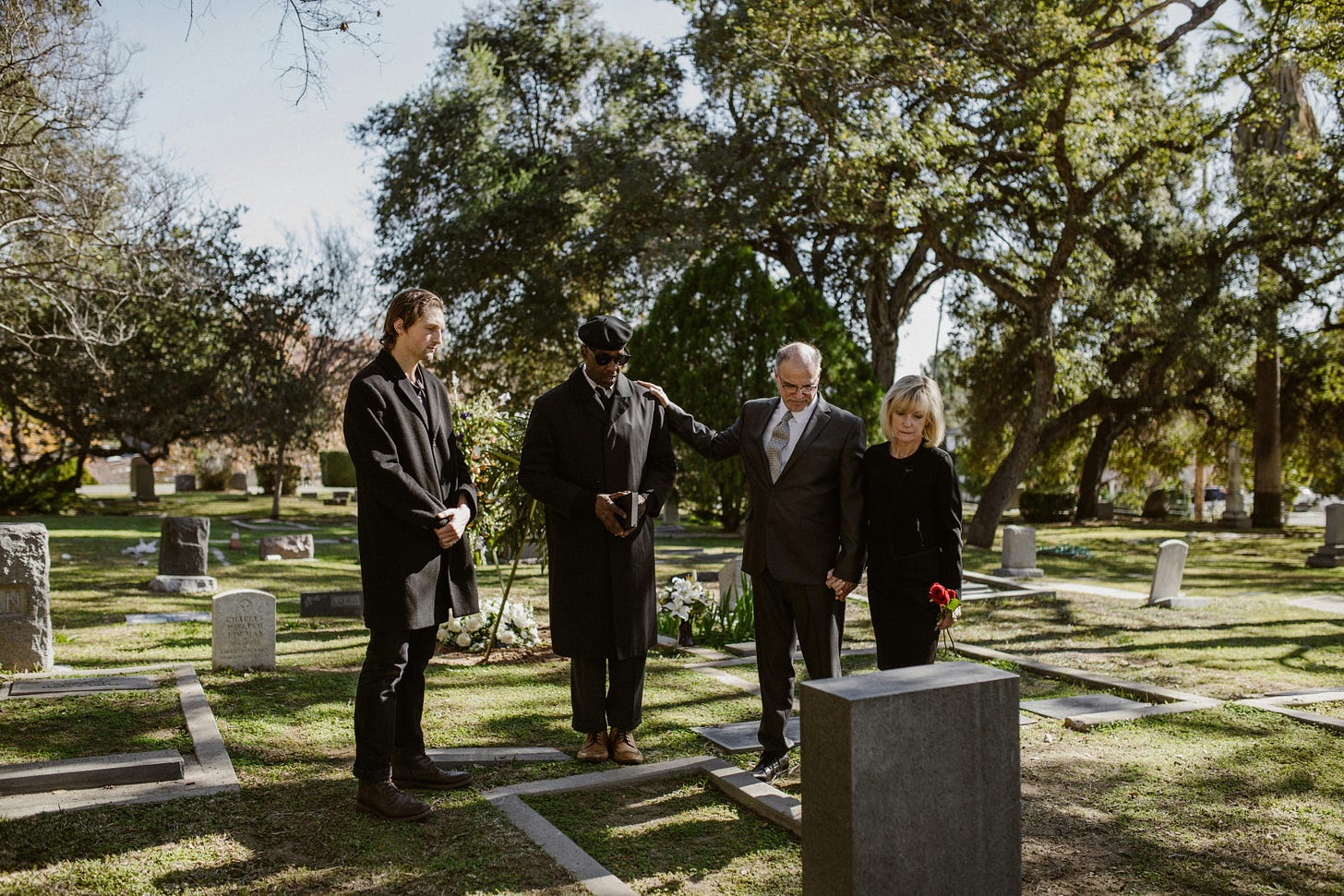Imagine attending your own funeral—not in some morbid “It’s a Wonderful Life” way, but as an honored guest while you’re still breathing, feeling, and fully aware. That’s the heart of seizenso, a Japanese concept that translates to “funeral while alive.” But don’t be fooled—this isn’t about death. It’s about life. About showing up for each other. About celebrating now instead of later. About expressing what we often put off until it’s too late.
And in a world that’s often too busy, too distracted, and too afraid to talk about the meaningful stuff, seizenso is a beautiful, brave interruption.
Let’s dig into what makes seizenso so meaningful—and how you don’t have to be Japanese or nearing death to embrace it in your own way.
1. Showing Up: Because Presence Is the Greatest Gift
We live in a world where we send emojis instead of emotions, text messages instead of time, and often miss the moment while planning for some future version of it.
In seizenso, showing up—physically, emotionally, spiritually—is step one. The person being honored is present. And so are those who love, respect, admire, and appreciate them. Not out of obligation, but out of love.
You don’t attend a seizenso because someone passed away. You attend because they haven’t—and because you want them to know what they’ve meant to you while they’re still here to receive it.
Showing up, in this case, is an act of courage and care. It says:
"I value you enough to pause my life and be here with you right now."
And that’s something we could all use more of—not just at special ceremonies, but in everyday life. Whether it’s calling a friend you haven’t spoken to in a while, dropping off a handwritten note, or having that lunch you’ve postponed three times, presence matters.
2. Giving Thanks: The Art of Appreciation in Real Time
Gratitude is powerful. But expressing gratitude directly to someone—while they’re alive—is next level.
In seizenso, attendees offer words of appreciation and stories of impact. They tell the honoree how they’ve shaped their lives, what they’ve taught them, and why they matter. It’s like a living eulogy, but even more personal and even more powerful, because the person it’s for gets to actually hear it. Absorb it. Feel it.
Can you imagine the joy, healing, and even closure that could come from hearing those things now instead of after you're gone?
Most of us go through life hoping we made a difference.
A seizenso removes the guessing.
And you don’t need a formal ceremony to start giving thanks. Start small:
Send a voice message to your mentor thanking them for their guidance.
Write an email to a former boss who believed in you.
Call your sibling and tell them you still laugh about that inside joke from 15 years ago—and it always cheers you up.
Gratitude doesn't have to be big. It just has to be real.
3. Saying What You Need to Say: The Emotional Housecleaning We All Need
Let’s be real—so many of us carry around things left unsaid.
Apologies. Regrets. Affirmations. Wishes. Love.
Sometimes we think, "There’ll be a better time." But more often than not, that better time never comes. People pass. Time slips. And we’re left whispering words into the wind, hoping they somehow reach the other side.
But in seizenso, that better time is now. It’s a space to say what you need to say. To speak your heart out loud. To reconcile. To reflect. To release.
Whether it’s:
“I forgive you.”
“I’m proud of you.”
“I’m sorry I never told you how much you mattered to me.”
These words have
Host a “living appreciation night” with close friends.
Write legacy letters to people who mean something to you.
Sit down for a heartfelt conversation with a loved one—no phones, no distractions.
Create your own moments of
What We Can Learn From Seizenso
In Western cultures, we wait. We save the tributes, the tears, and the stories for the wake. We write eulogies full of love… that the person they’re meant for will never hear.
A Personal Challenge: Host Your Own Mini-Seizenso
You don’t need a stage, a room full of people, or any fancy rituals. Start small.
Final Thoughts: Seizenso Isn’t About Dying—It’s About Truly Living
If this resonated with you, maybe it's time to schedule your own version of a living tribute. I’d love to hear your ideas or help you brainstorm what that could look like. Because honoring people now is one of the most life-giving things we can do. And because taking time to be honored just might make you happy right now.
Let’s start celebrating the living.






This is very powerful Phil. Thanks for sharing this.